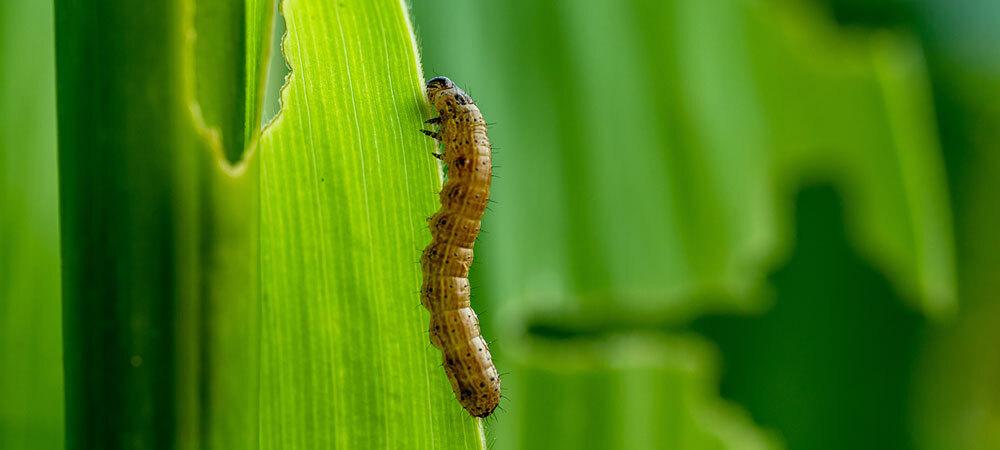How to Get Rid of Armyworms in Your Georgia Yard

Fall armyworms are a common and serious problem for homeowners in Georgia. These destructive pests can cause significant damage to agricultural crops and forage crops, leading to reduced yields and economic losses for farmers. But armyworms are not limited to agricultural areas alone - they can also infest residential lawns and gardens, posing a threat to homeowners. In this article, we will explore why fall armyworms are a problem and discuss the importance of effective armyworm control strategies for both farmers and homeowners.
What are Armyworms?
If you live in Georgia, and are dealing with a fall armyworm infestation, it is essential to understand the life cycle of this destructive pest in order to effectively manage the problem. Fall armyworms (FAW) are native to North America and have been found damaging crops and lawns across the southeastern United States.
How Long Do Armyworms Live?
The life cycle of the fall armyworm starts with the egg-laying process. Female moths lay eggs in clusters on the undersides of leaves, and each cluster may contain hundreds of eggs. These eggs are tiny and can be difficult to spot with the naked eye.
After around a couple of days, the eggs hatch into larvae. The larvae go through several stages of larval development, known as instars. During this stage, they actively feed on the leaves and stems of various crops, damaging and devouring the plants. They can consume a square foot of crops in just a few days.
Following that, the larvae enter the pupal stage. They burrow into the ground to pupate and transform into adult moths. The pupation period typically lasts for about one to two weeks.
Finally, the adult moths emerge from the pupae. They are nocturnal and are most active during warm nights. The moths lay their eggs, starting the cycle anew.
The survival and development of fall armyworms are influenced by various factors, including temperature and availability of suitable host plants. Warm temperatures and well-nourished crops contribute to a higher armyworm population.
Understanding the life cycle of fall armyworms is essential for effective pest control. By targeting specific stages such as egg-laying or larval development, farmers can implement timely interventions to minimize the damage caused by this pest.
Identification of Fall Armyworm Moths
As we have learned, fall armyworms are a common pest that can wreak havoc on lawns and crops. The adult moths are the primary culprits, as they lay their eggs on the leaves and stems of various plants. These moths are small, measuring about 1.5 inches in wingspan, and have distinct characteristics that help in their identification. They have grey or brown wings with a speckled appearance and a distinct white spot towards the center of each wing. During the daytime, they rest in shady areas but become active during the night. Identifying these moths is crucial in order to take appropriate measures for control and prevention of fall armyworm infestations.
Long-term Prevention Strategies for Fall Armyworms
To effectively deal with infestations and prevent long-term damage, it is advisable to consult with a professional Monroe lawn care company. At Legacy Lawn Care, our experts have the knowledge and experience to provide effective treatments and manage fall armyworm populations. They can also advise on the appropriate application rates and control methods for long-term prevention. Don't let Fall Armyworms threaten your crops and pastures. Take action today!

